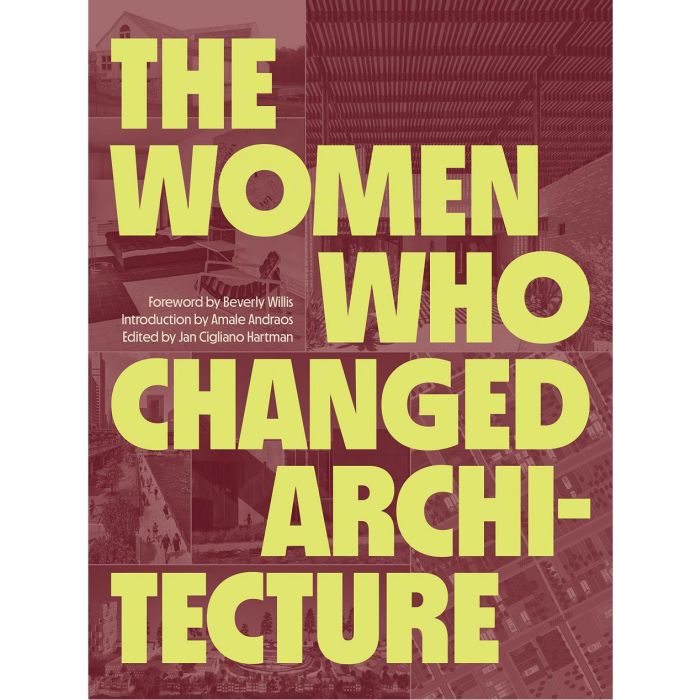My Cart
Your cart is empty
Looks like you haven't made your choice yet.
- Subtotal
The Women Who Changed Architecture

- Princeton Architectural Press
- Princeton Architectural Press
- Jan Cigliano Hartman
More Information
| Publisher | Princeton Architectural Press |
|---|---|
| ISBN | 9781616898717 |
| Author(s) | Jan Cigliano Hartman |
| Publication date | March 2022 |
| Edition | Hardback |
| Dimensions | 254 x 191 mm |
| Illustrations | 400 col. & bw ill. |
| Pages | 336 |
| Language(s) | English ed. |
| Exhibition | Princeton Architectural Press |
Description
Their contributions long marginalized, women in architecture have had a big impact on the design of buildings and cities and The Women Who Changed Architecture sets the record straight.
Marion Mahony Griffin passed the Illinois architectural licensure exam in 1898, likely becoming the first woman in the United States to do so. She was Frank Lloyd Wright's first employee, and her exquisite drawings, rendered in her unofficial role as his head designer, buoyed his reputation. One of the most iconic chairs ever created is typically credited to Mies van der Rohe, but the Barcelona Chair was a collaboration with Lilly Reich, as was the widely influential 1929 Barcelona Pavilionthat housed it. With 122 biographies of architects operating around the globe between 1881 and 2021, The Women Who Changed Architecture reveals the challenges and triumphs of women in architecture, from early practitioners like Griffin and Reich, to contemporary leaders, like MacArthur Fellow Jeannie Gang, who are directing architecture schools, spearheading sustainable design initiatives, and reimagining cities as equitable spaces.

The Women Who Changed Architecture
